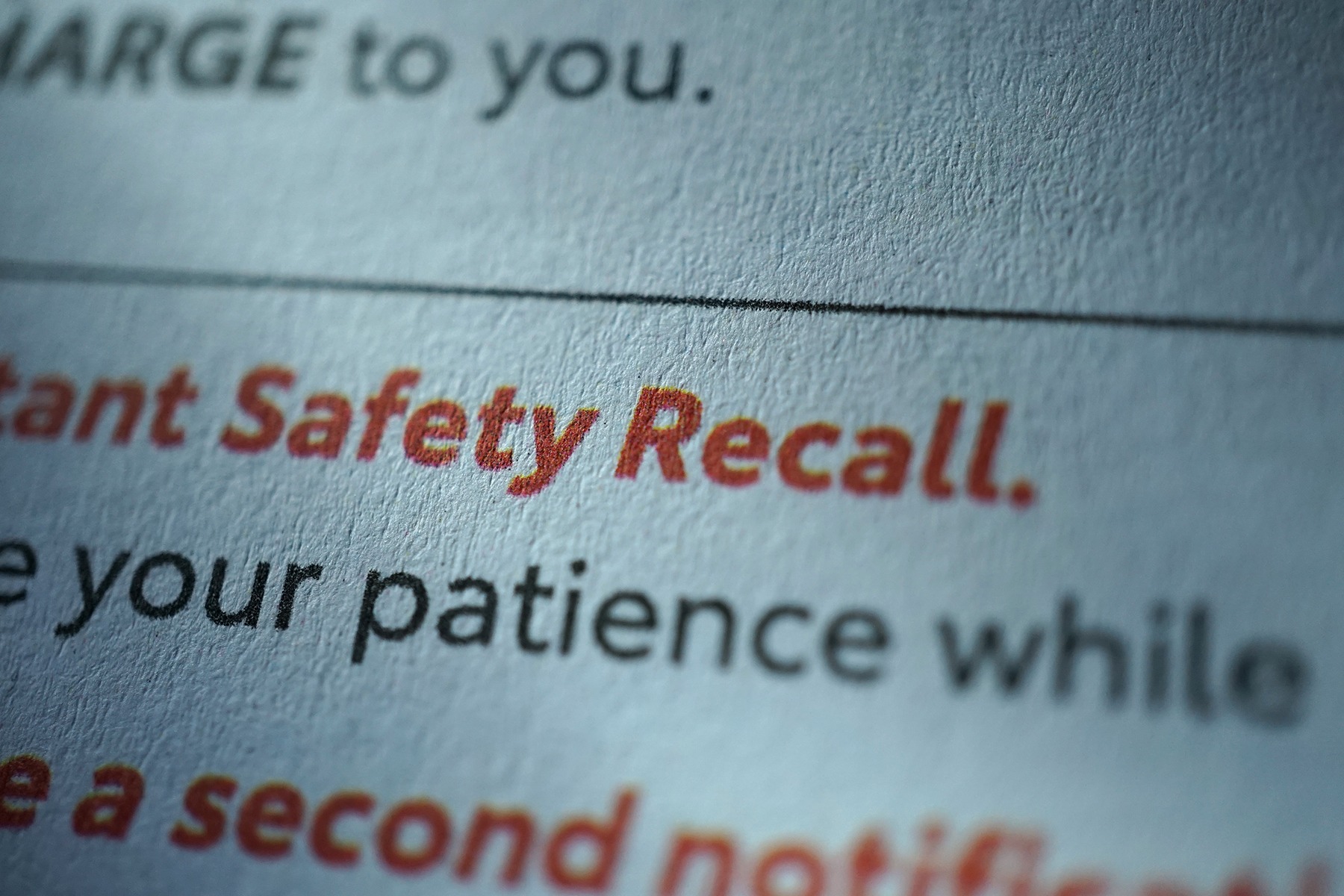In highly competitive industries, product differentiation isn’t enough to win new customers and gain market share. It’s all about the customer experience; meeting or exceeding their expectations is the new path to growth. Your product or service is irrelevant if you don’t have loyal customers.
This central truth is at the heart of quality management. The American Society for Quality puts it like this: “The customer ultimately determines the level of quality. No matter what an organization does to foster quality improvement—training employees, integrating quality into the design process, or upgrading computers or software—the customer determines whether the efforts were worthwhile.”
Organizations can’t afford to ignore the voice of the customer, especially when something goes wrong. Implementing processes to capture, analyze, and respond to customer complaints unlocks essential insights about products, services, and brand reputation. Proper customer complaint management is the foundation for providing an exceptional customer experience.
Analyzing the value of customer complaints
Businesses can only solve the problems they know about, which makes customer complaints an invaluable tool in managing risk. In regulated industries, complaints can be an early warning system that an organization may be at risk for regulatory action.
ISO’s first quality management principle is customer focus, which places the customer squarely in the center of the organization’s risk profile. Customer complaints, therefore, are a key measurement of satisfaction for one of the brand’s most important stakeholders. Actively managing customer complaints is a way to avoid damage to the brand’s reputation.
Customer loyalty is an obvious result of assigning business value to customer complaint management. In the internet era, brands are being held more accountable than ever and a bad customer experience can seriously damage the value of the business. In 2018, Snapchat lost $1.3 billion in valuation after a single negative tweet from Kylie Jenner.
Research suggests that 56% of customers will leave a brand after one customer experience failure, and of those who leave, 80% will never return. But failure doesn’t have to be fatal: The same research showed that when people felt the brand properly addressed the failure, 85% became loyal, long-term customers.
Ultimately, organizations that effectively manage customer complaints and modify their products or services to meet their customers’ needs see a loyalty boost of between 20% and 30%.
Customer complaint management and the cost of poor quality
Of the three categories of costs of poor quality (appraisal, internal failures, and external failures), external failures pose the biggest threat. These include direct costs incurred by the organization to remedy failures detected by the customer—repairs, returns, warranties, and complaint management.
They also include indirect costs that are potentially far more damaging. In addition to the damage to the brand’s reputation and the resulting customer churn, external failures hinder quality innovation. Employees who are focused on resolving quality failures and rooting out systemic process failures don’t have the time or resources to pursue proactive innovations and improvements.
The challenge for businesses is developing an effective process for managing customer complaints in a way that enables satisfactory resolution, identifies trends, and provides a pathway to mitigate future risks.
Today’s consumers are omnichannel; complaints arrive across a variety of outlets. Absent a solution to collect, organize, analyze, and track customer complaints however they are received, it’s impossible to uphold the customer focus that underpins quality.
The solution to successful customer complaint management
Customer complaint management can’t operate in a vacuum. Complaints aren’t isolated events; they occur due to failures at any number of points across the business ecosystem. Therefore, customer complaint management must be integrated into a larger QMS framework that includes nonconformance reporting, corrective action, and supplier corrective action reporting, and risk management tools.
The system should be intuitive and user-friendly, making it easy for users to collect all the necessary information, transfer it between processes, launch corrective actions, and generate internal and regulatory reports. It should include custom action plans that coordinate the responsibilities of each employee and provide a mechanism to track completion.
Closely integrating customer complaint management with other QMS functions enables identification and analysis of suspected cause and process failures, informing the need for containment action.
Standardizing the complaint collection and resolution processes and integrating customer complaints into the larger quality management framework allows organizations to prioritize the voice of the customer in their quality approach.
The ROI of customer complaint management
Philip Crosby, the guru of quality management, once said that organizations choose to pay for poor quality and, in fact, according to ASQ, the cost of poor quality in many organizations is as high as 15% to 20% of sales revenue.
Customer complaint management closely integrated with the QMS framework measurably lowers operational costs associated with external failures; our own research on ROI shows a 30% reduction in time spent managing complaints.
Beyond that, however, customer complaint management supports a data-driven approach to quality management that results in a better customer experience and ultimately, improved customer loyalty.


